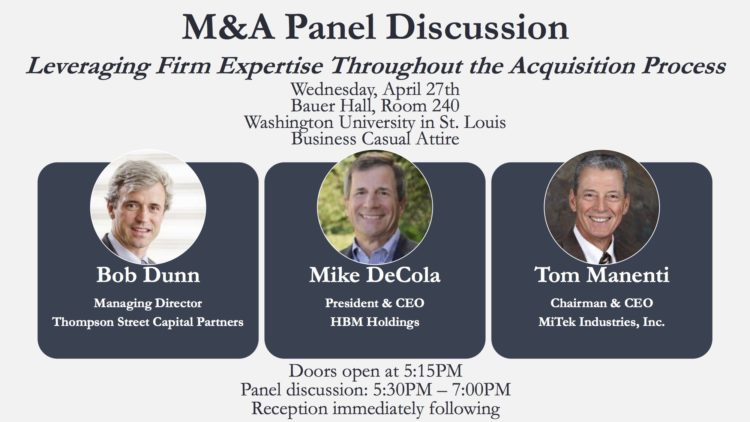Pharma giant Bayer has acquired St. Louis-based Monsanto. After months of negotiation, the German company went back to the bargaining table this week, and on Sept. 14 Monsanto’s board approved the $66 billion cash offer.
Radhakrishnan Gopalan, associate professor of finance at Washington University in St. Louis’ Olin Business School, said Monsanto had virtually no other choice.
“This is a great deal for Monsanto shareholders,” Gopalan said. “The board would have to be foolish to do anything other than accept the deal. The fact that it is all cash makes it very sweet.

Radha Gopalan
“Given the other mergers in the space — Syngenta-ChemChina, Dow-Dupont — the regulatory risk is slightly enhanced, and so the increase in the fee in case of the deal falling through is also good news.”
Gopalan said that while it remains to be seen how Bayer will recover the investment of the acquisition, Monsanto’s position was much more clear.
“In terms of Monsanto, the company has been going through a restructuring the past year or so, and the internal morale is low,” Gopalan said. “They have problems with their product lines and future growth opportunity also appears to be bleak. So this is a great deal for them.
“For St. Louis, we can only hope that the consolidation does not result in too many local job losses.”
PHOTO: Werner Baumann, CEO of Bayer AG and Hugh Grant, Chairman and Chief Executive Officer of Monsanto. Courtesy of Monsanto.
From the Bayer- Monsanto Sept. 14 News Release:
The acquisition is subject to customary closing conditions, including Monsanto shareholder approval of the merger agreement and receipt of required regulatory approvals. Closing is expected by the end of 2017. The companies will work diligently with regulators to ensure a successful closing. In addition, Bayer has committed to a USD 2 billion reverse antitrust break fee, reaffirming its confidence that it will obtain the necessary regulatory approvals.
Headquarters and Employees
The combined agriculture business will have its global Seeds & Traits and North American commercial headquarters in St. Louis, Missouri, its global Crop Protection and overall Crop Science headquarters in Monheim, Germany, and an important presence in Durham, North Carolina, as well as many other locations throughout the U.S. and around the world. The Digital Farming activities for the combined business will be based in San Francisco, California.





